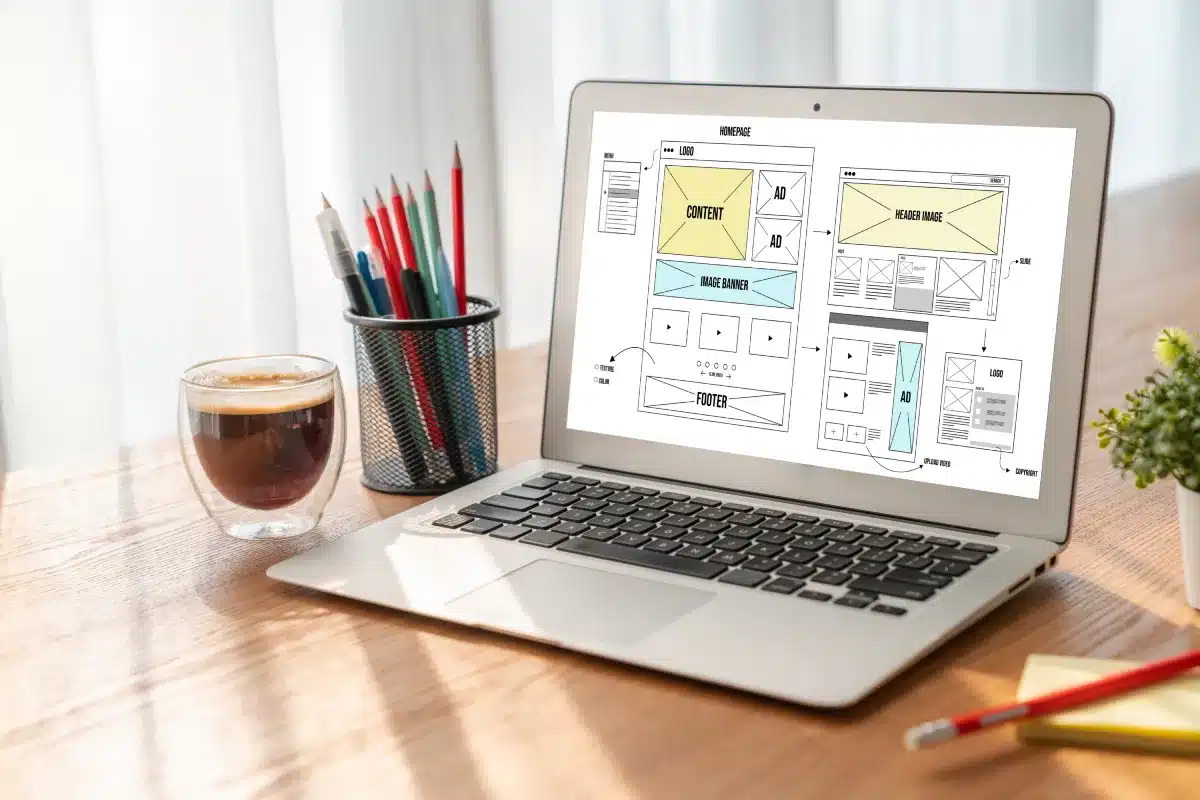Mastering Scalable Web Design: Harnessing the Power of Atomic Design
In today’s fast-paced digital world, web design has evolved far beyond creating static pages. The emphasis is now on crafting adaptable design systems that blend aesthetics with seamless functionality. Central to this shift is the approach of building user interfaces from smaller, reusable components, making digital experiences more organized and scalable.
What Is Atomic Design?
Inspired by the principles of chemistry, atomic design takes its name from the idea that basic elements (atoms) combine to form complex structures. In web design, it involves breaking down a website’s interface into its smallest units, which serve as the foundation for a cohesive and scalable design system. This method allows for a more systematic and structured approach to creating digital experiences.
The Building Blocks of Atomic Design
Atomic design consists of five key levels, each playing a crucial role in the hierarchy of creating a dynamic website:
1. Atoms: The Fundamental Elements
Atoms are the smallest components in the design system. These include basic HTML tags like form inputs, buttons, icons, and style elements like colors and typography. Atoms are the core building blocks that define the visual style and functionality, providing a consistent look and feel to the web interface.
2. Molecules: Interactive Components
When atoms come together, they form molecules—more functional units that add interactivity to the design. Examples include a search bar with an input field and a button or a login form with text and password fields. Molecules are modular components that can be reused across different website parts, enhancing design and development efficiency.
3. Organisms: Complex Structures
Organisms are larger components created from a group of molecules working together. These might include elements like headers, navigation bars, product listings, or feature sections. Organisms form the website’s main sections, driving the layout and overall user interaction.
4. Templates: Blueprint Layouts
Templates serve as the structural framework of a web page, organizing organisms into a layout that guides the page’s design. At this level, placeholders are used instead of actual content, allowing for a focus on the design’s overall structure and ensuring that the visual hierarchy is maintained.
5. Pages: Complete Designs
Pages represent the final product in the atomic design process, where templates are filled with real content. This is where the design is fine-tuned to ensure it meets the desired functionality and delivers a seamless user experience. Pages are also the step where real-world testing happens, confirming that the interface is both intuitive and effective.
Integrating Atomic Design with Modern Web Development
Atomic design isn’t just limited to web interfaces; it aligns perfectly with modern software development practices. Its modular structure supports agile methodologies, allowing development teams to build scalable systems that can be easily updated and maintained. This approach is particularly beneficial for collaboration between designers and developers, promoting clearer communication and smoother workflows.
A Perfect Fit for E-commerce Platforms
E-commerce platforms like Shopify greatly benefit from atomic design principles. Businesses can deliver a consistent shopping experience across all customer touchpoints by creating flexible, reusable components. This adaptability ensures that online stores can quickly evolve to meet shifting customer demands and market trends.
For a Shopify solution that seamlessly integrates atomic design, turning your vision into a scalable reality, consider partnering with a specialized Shopify Plus Design Agency that understands the power of modular web development.
Why Atomic Design Is Transforming Web Design and Development
The atomic design methodology is a game-changer in the web development world. Here’s why:
- Enhanced Scalability: By breaking down interfaces into smaller parts, atomic design enables faster updates and consistent visual elements throughout the site.
- Improved Efficiency: Reusable components save time and effort, speeding up the development process and reducing potential errors.
- Seamless Collaboration: This structured approach bridges the gap between design and development teams, leading to a more cohesive product and smoother project execution.
- Future-Proofing Websites: With its focus on modularity, atomic design ensures that web interfaces remain adaptable, ready to scale and evolve as your needs change.
Conclusion: Building Future-Ready Digital Experiences with Atomic Design
Atomic design provides a clear and organized pathway for creating modern web experiences, making it especially valuable in MVP development services. By embracing this methodology, design and development teams can produce scalable, high-performing websites that prioritize user experience while remaining adaptable to future changes. It’s not just a design approach; it’s a strategic framework that empowers brands to bring innovative digital solutions to life, creating a lasting impact in the online world.

Leave a Reply